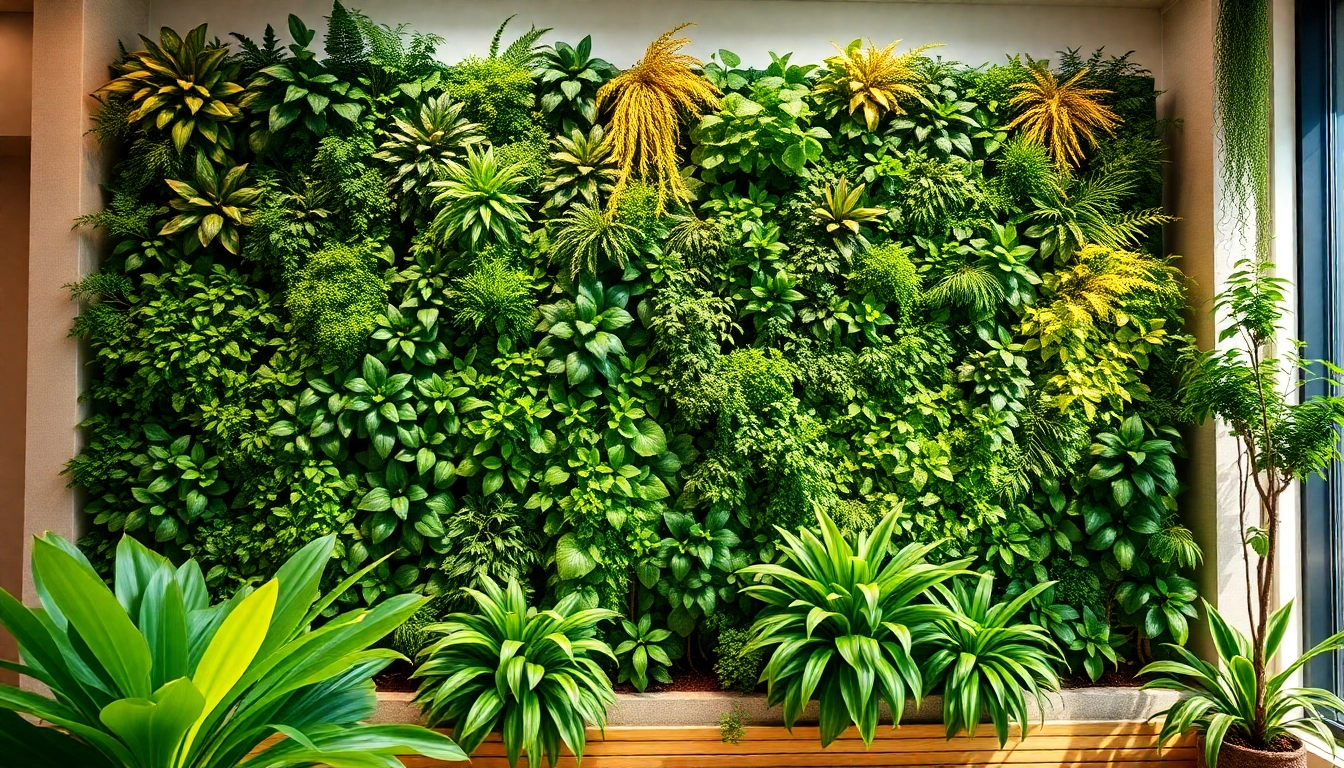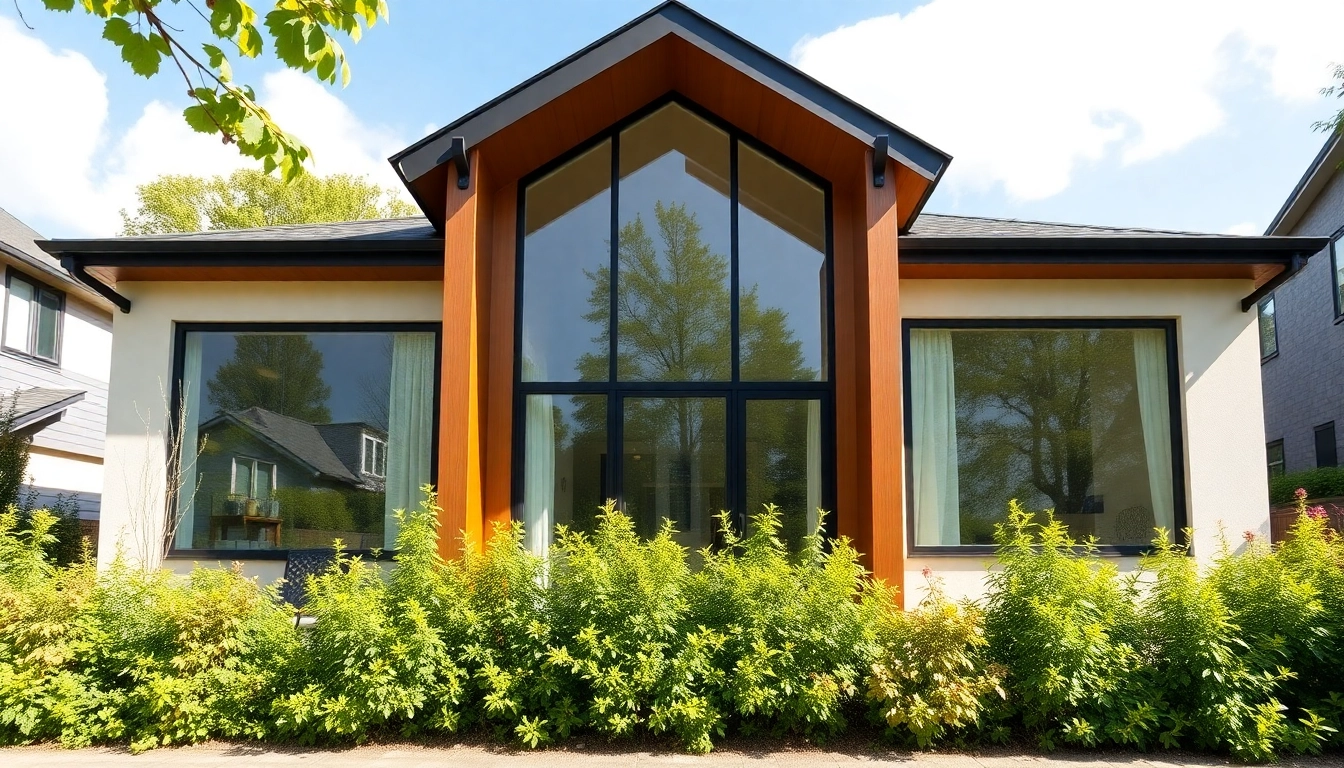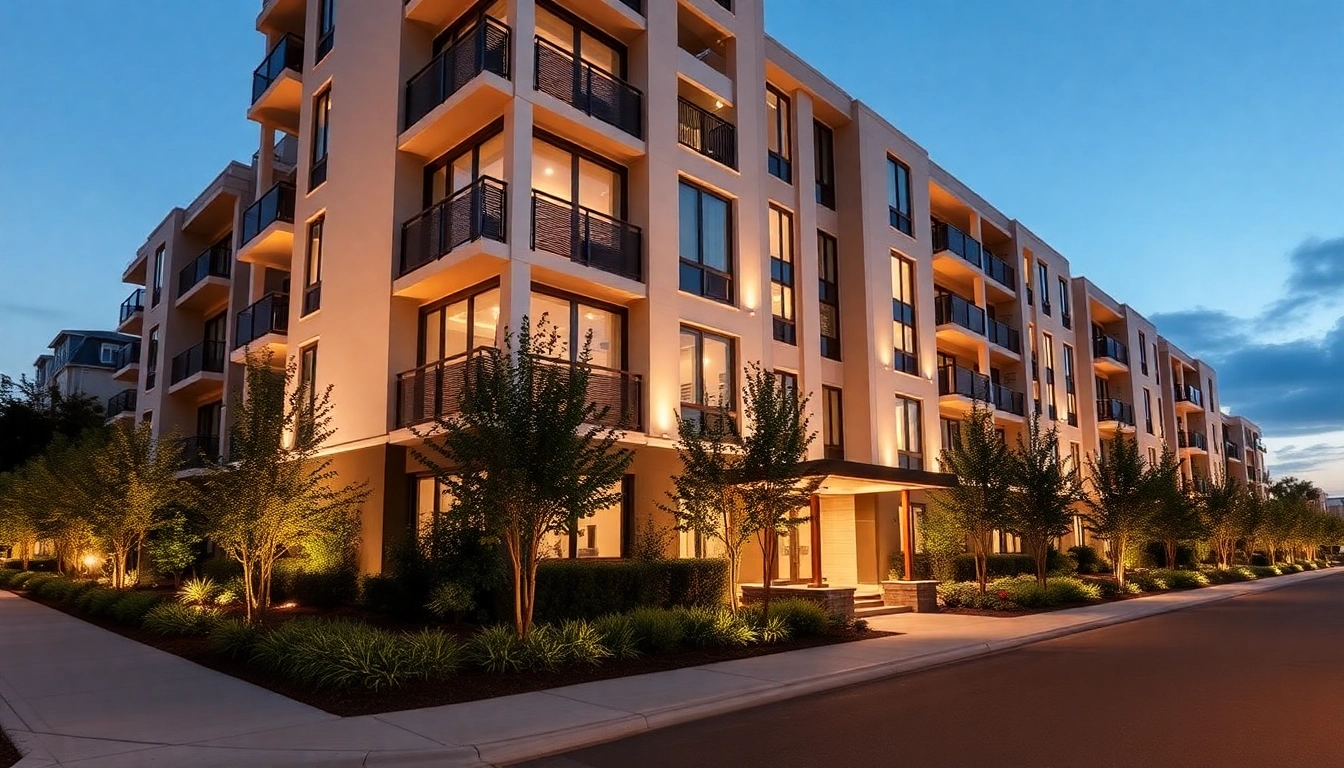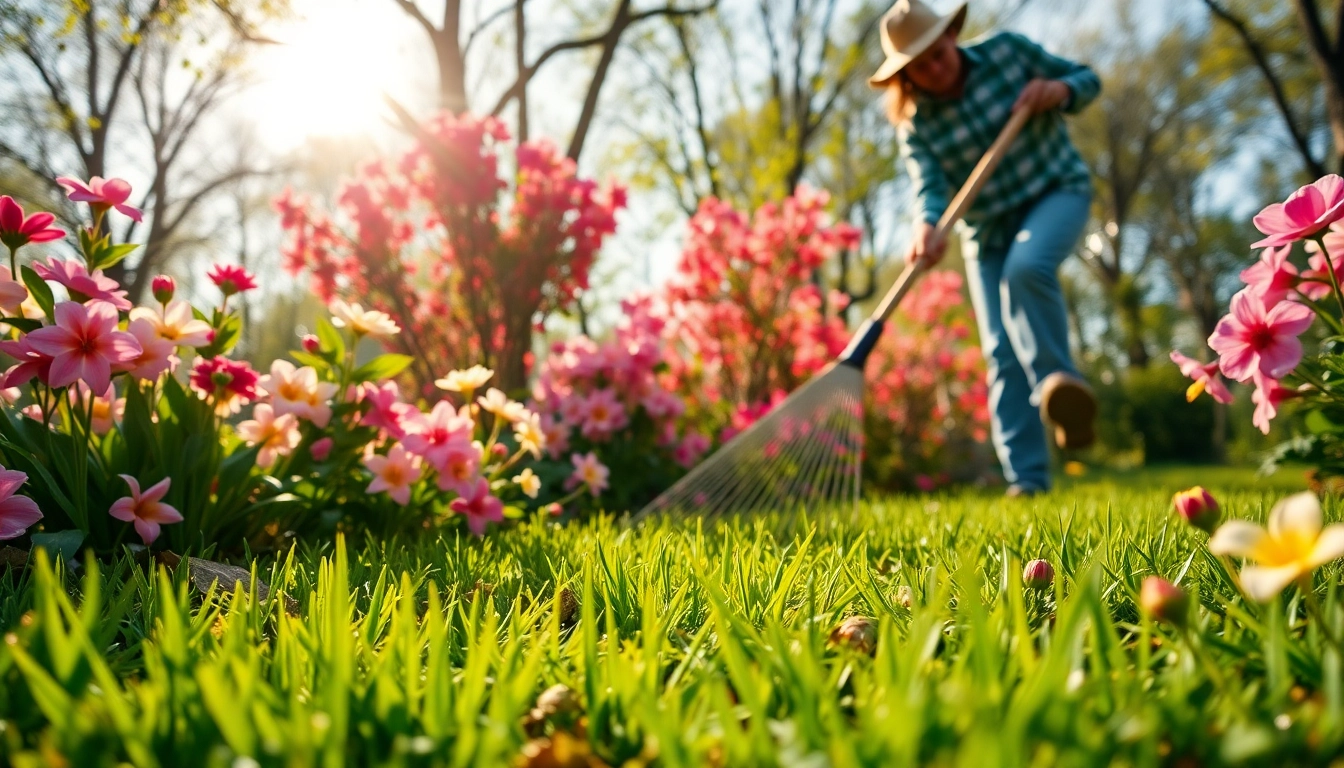Introduction to Wandbegrünung Indoor
In recent years, the trend of Wandbegrünung Indoor, or indoor vertical gardening, has gained significant popularity among homeowners and interior designers alike. This innovative approach not only transforms plain walls into lush, green displays but also brings a multitude of benefits to indoor environments. From improving air quality to enhancing mood, integrating plant life into your living space can truly elevate the atmosphere and overall well-being of your home.
Understanding Indoor Plant Benefits
The benefits of incorporating plants indoors extend beyond merely aesthetic enhancements. Here are some key advantages that can be observed through the use of indoor plants:
- Improved Air Quality: Indoor plants are known for their ability to filter toxins from the air. According to NASA studies, certain plant species can remove harmful pollutants, including formaldehyde and benzene, leading to cleaner air.
- Boosted Mood and Productivity: Natural elements in indoor spaces have been shown to reduce stress levels, improve concentration, and enhance overall mood. A study published in the Journal of Environmental Psychology indicates that exposure to plants can make people feel happier and more relaxed.
- Enhanced Aesthetic Appeal: A well-planned indoor green wall adds depth, color, and texture to a room, making spaces more inviting and visually appealing.
- Sound Absorption: Plants can help absorb sound, creating a more serene indoor experience, especially in urban environments.
Types of Plants Suitable for Indoor Walls
Choosing the right plants for your indoor green wall is crucial for ensuring both visual appeal and practicality. Here are some types of plants that thrive well in vertical gardens:
- Ferns: Varieties like Boston fern and maidenhair fern add lushness and flourish in indirect light.
- Succulents: These drought-resistant plants are perfect for beginner gardeners and offer a variety of shapes and colors.
- Philodendrons: Known for their resilience, philodendrons can adapt to various indoor conditions and provide vivid greenery.
- Pothos: This plant is renowned for its air-purifying abilities and is easy to maintain, making it an ideal choice for vertical gardens.
Basic Principles of Indoor Vertical Gardening
To achieve a successful indoor vertical garden, understanding the fundamental principles is essential. Here are several key aspects to consider:
- Light: Evaluate the light conditions in your space and select plants that can thrive in those conditions. Some may require bright indirect light, while others can survive in low light.
- Watering: A well-structured watering system is vital. Consider options for irrigation, such as drip systems or self-watering pots, that ensure consistent moisture levels for your plants.
- Soil and Nutrients: Use a well-draining potting mix suitable for indoor plants. Regularly feeding your plants with organic fertilizers can promote lush growth.
Planning Your Indoor Green Wall
Assessing Space and Light Requirements
Before you embark on your vertical gardening journey, it is critical to assess the space you intend to use. Measure the wall area and consider the height, width, and any obstructions like windows or vents. Furthermore, observe the light patterns throughout the day. Some areas might receive abundant sunlight, while others may remain dimly lit, which can impact your choice of plants.
Choosing the Right Materials and Systems
Different materials and systems exist to create vertical gardens, and selecting the right one will depend on your preferences and the needs of your plants. Here are some options:
- Modular Panels: These pre-planted panels can be easily installed and are designed for optimal plant health.
- Grid Systems: Utilizing a grid system allows for flexibility in plant choice and positioning, making it easy to replace plants as desired.
- Hydroponic Systems: For those interested in soilless gardening, hydroponic systems utilize nutrient solutions that can be more efficient.
Creating a Layout for Aesthetic Appeal
The layout of your indoor green wall should reflect your personal style while accommodating the specific needs of each plant. Consider incorporating a variety of heights, colors, and textures to create an engaging and dynamic design. Decide whether you want a more structured look or a free-flowing arrangement. Sketching out your ideas can help in visualizing the final outcome.
Implementation Techniques for Wandbegrünung Indoor
Step-by-Step Installation Guide
Implementing your indoor green wall involves careful planning and execution. Here’s a step-by-step guide to install your vertical garden:
- Preparation: Gather all necessary materials, including your chosen planting system, plants, potting mix, tools, and any mounting hardware.
- Mounting: Secure the frame or panels to the wall. Ensure it is stable and properly anchored to support the weight of the soil and plants.
- Soil and Planting: Prepare your potting mix and plant your chosen species according to their light and water needs. Arrange them thoughtfully for optimal aesthetics.
- Watering System Setup: Install an irrigation system if needed, ensuring it is functional and that there’s a drainage plan.
- Finishing Touches: Once planted, add decorative elements such as ledges or lights to enhance the display and provide visibility.
Watering and Maintenance Best Practices
Consistent care is crucial for the health of your indoor wall garden. Here are best practices for watering and maintenance:
- Watering Schedule: Establish a watering routine based on the individual needs of each plant. Monitor the moisture level in the soil to avoid overwatering.
- Fertilization: Regularly apply balanced fertilizer to provide essential nutrients, typically every 4-6 weeks during the growing season.
- Pruning: Keep your green wall looking its best by pruning and removing dead leaves or spent flowers to maintain overall health.
Common Challenges and Solutions
While indoor vertical gardens have numerous benefits, challenges can arise. Being prepared for potential issues will help you maintain a thriving garden. Some common challenges include:
- Pest Infestations: Keep an eye out for common pests like aphids and spider mites. Introduce beneficial insects or use organic pesticides to manage outbreaks.
- Plant Stress: Aging plants or those exposed to unfavorable conditions can manifest symptoms like yellowing leaves. Adjusting watering and light exposure can often alleviate stress.
- Inconsistent Growth: Ensure that plants receive sufficient light and nutrients. Rotate plants periodically or adjust their positions based on growth patterns.
Enhancing Aesthetics and Functionality
Integrating Artwork with Green Walls
One way to elevate the visual interest of your indoor green wall is by incorporating artwork or decorative elements. This integration can fuse nature with art, creating a focal point in any room. Consider placing frames around sections of the wall or using sculptures that complement the plants. For a dynamic effect, use LED lighting to highlight particular artworks or plants, transforming your green wall into a living art installation.
Seasonal Changes and Plant Choices
Seasonal variations in light and temperature can affect plant choices and care requirements. In winter, your indoor plants may require less water and different light arrangements. Consider rotating your plant selection to include seasonal favorites, like holiday cacti or winter blooming orchids, thus refreshing the display and keeping things interesting throughout the year.
Utilizing Technology in Plant Care
Innovations in technology can significantly enhance the care of your indoor green wall. From automated watering systems to mobile apps that remind you of plant care schedules, technology offers modern solutions for keeping your plants healthy. Additionally, consider using sensors to monitor soil moisture and light levels, ensuring that plants receive the optimal conditions for thriving.
Measuring Success and Impact
Assessing Air Quality Improvements
The impact of your indoor green wall on air quality can be significant. Implementing home air quality sensors can help measure the levels of pollutants before and after installation. By tracking changes in air quality – particularly if utilizing the right plants identified for air purification – you can quantify the effectiveness of your green wall approach.
Evaluating Visual and Emotional Benefits
Assessing the emotional impact of your indoor garden can be somewhat subjective, but you can note feelings of relaxation, happiness, or improved focus as indicators. Conduct regular self-assessments or surveys among family members to gauge their perceptions of changes within the home environment. Note any changes in mood or positive emotional feedback associated with the green wall.
Tracking Plant Health and Growth Metrics
Keeping track of your plants’ health involves diligently observing growth patterns and symptoms. Document any changes in leaf size, color, and overall plant vigor. Use journals or apps that allow you to track plant growth metrics over time, thus establishing a clear correlation between care provided and plant health. Additionally, implementing a photo diary can help visualizing growth and transformation.



